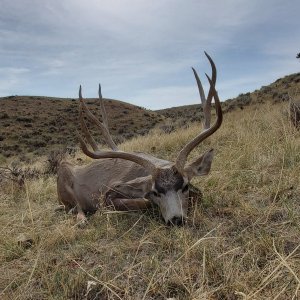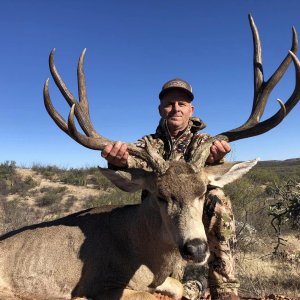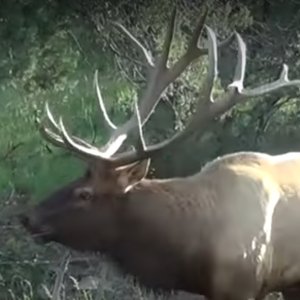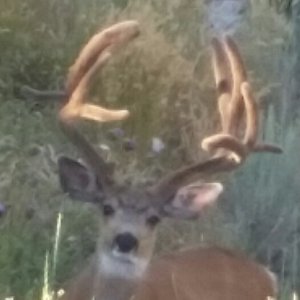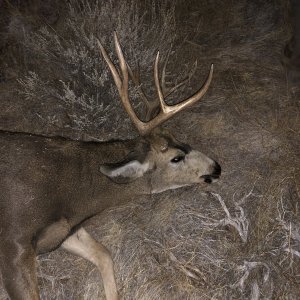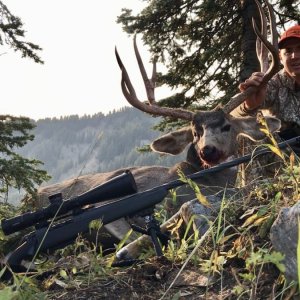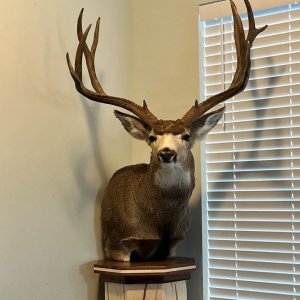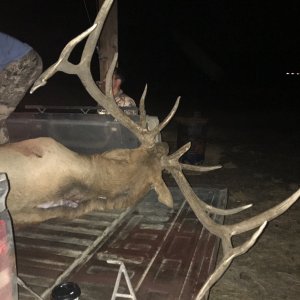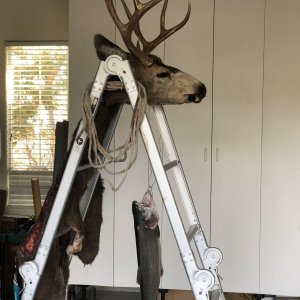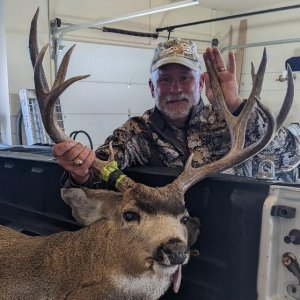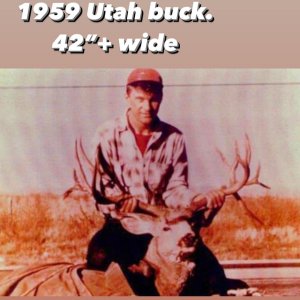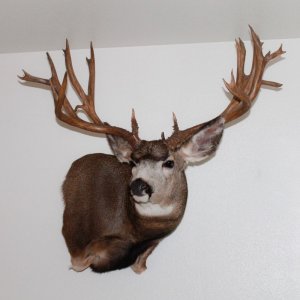Ltsheets
Very Active Member
- Messages
- 1,127
Hello everyone. I've got a fairly quick question. The other day I mounted my first BDC style scope on my 300wsm which I plan on using for most of my big game hunts out west. In the past, with standard duplex reticles, I zero my rifles at 200 to make shots out to 300 fairly easy with a very small amount of holdover. With this Meopta mcwhorter BDC reticle, I'm torn on whether to zero it at 100 or 200 yds. Thoughts?

